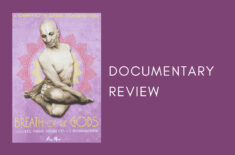The only limits you have are the limits you believe.
– Wayne Dyer, author
You have deep desires, goals, and a driving force to live a meaningful and fulfilling life, right?
You wouldn’t be reading this otherwise.
Chances are you also have moments of self-doubt because it’s a mandatory part of the human condition. 🙂
The attitude of gratitude is the highest yoga.
– Yogi Bhajan
So how do you, me, (we) create a life we love by overcoming limiting beliefs?
Two ways:
1) Understanding the subtle differences between motivation and inspiration.
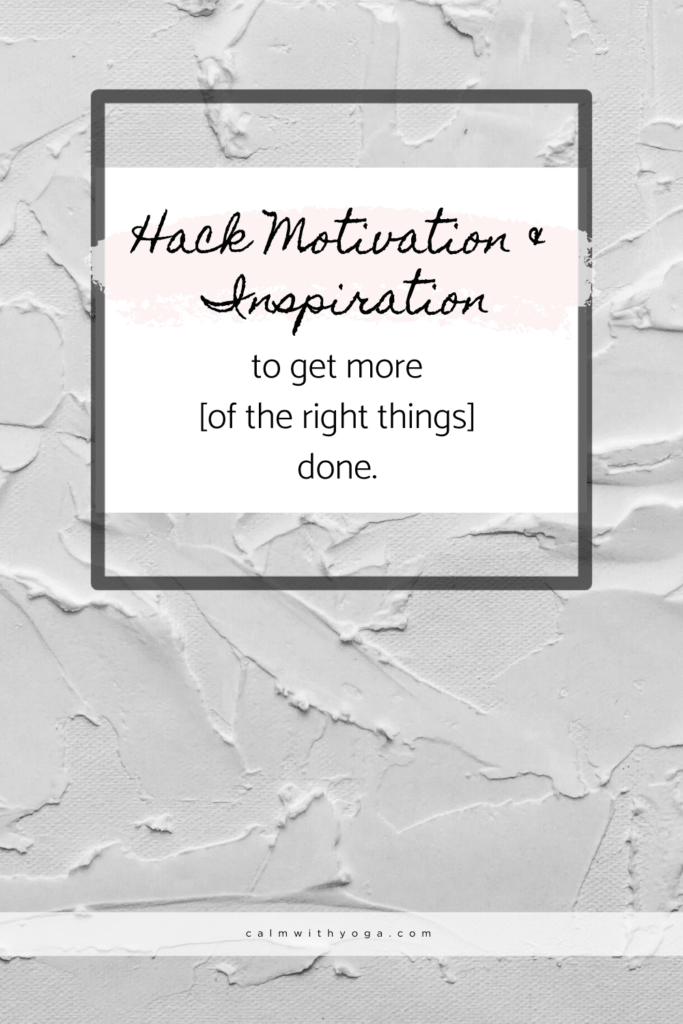
2) By shifting our state of being through the constant practice of yoga… but not yoga as we’re accustomed to.
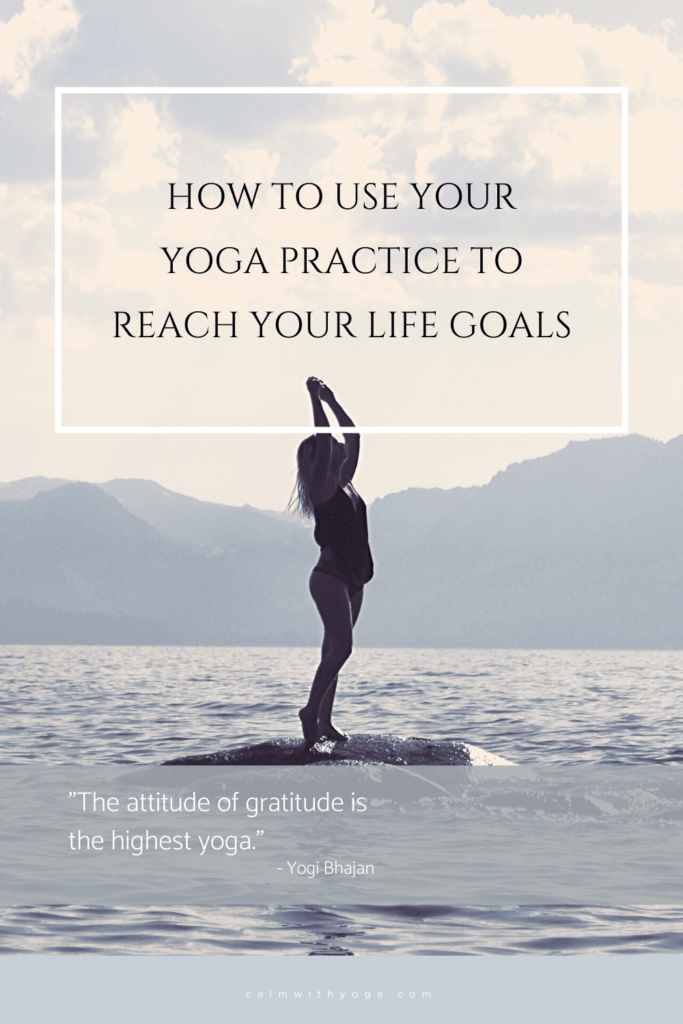
This isn’t about the physical aspect of yoga (aka Hatha Yoga) – the world of asana (the Sanskrit word for yoga poses) and sun salutations.
It’s about learning to apply the yogic principles of Abhyasa (constant and regular practice over a long period of time) and Vairagya (detachment and non-reaction).
Both of these principles were prescribed to the yogi in two fundamental texts – the Yoga Sutras and the Bhagavad Gita.
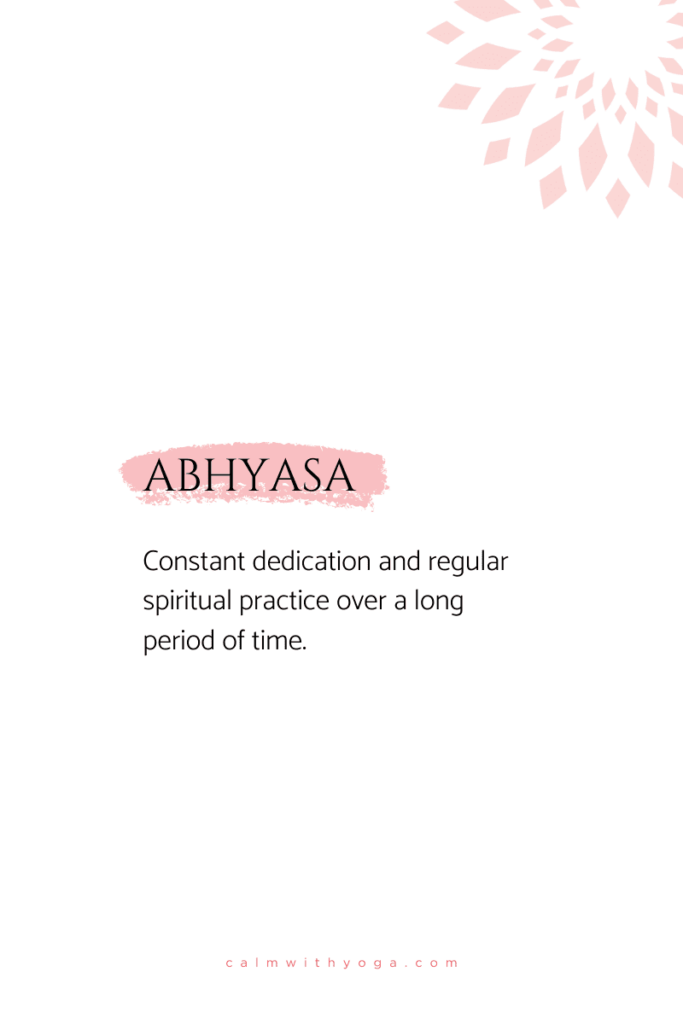
According to both texts, they’re an essential means of transforming limiting beliefs and increasing well-being and inner peace.
It’s by the constant practice of these two principles deliberately and mindfully that we can overcome a lack of motivation while creating a life full of inspiration.
But let’s not get the two mixed up…
Although the two words are commonly used interchangeably there are key differences between motivation and inspiration.
In fact, motivation, if not properly understood, can actually hinder inspiration and keep you operating at dangerously low levels of thinking and acting.
Understanding the distinction between the two can make a big difference between gracefully moving forward with our goals, visions, and desires or struggling to gain momentum while we burnout from running around in circles.
Being able to cultivate both in the right ways will help to deepen your yoga practice in life and each time you get on the mat or attend a yoga class.
Understanding Motivation:

Have you ever attended a personal development seminar or some other course or experience that really got you fired up?
In the end, on the final day, you leave floating on Cloud 9.
You feel fueled up, pumped up, and elevated. It’s like a sweet feeling high.
Then you go out into the ‘real world’ again.
Slowly, (or not so slowly), that high starts to fade.
Days after the course ends, it seems harder to access that feeling, but you really want it back.
So you either sign up for the next course, or you take some other form of outward action to try and replicate and recreate it.
That’s motivation you’re after.
Motivation is generated from outside of us; it requires an external agent of some sort.
When we’re motivated we’re trying to do something to gain control over something else.
Motivation is usually a short term force, fleeting, and volatile characterized by highs and lows.
When we ‘need’ or ‘should’ do something or are resisting, we look for external motivators to help us ‘get going’ and ‘do’ the thing we don’t want to do.
It’s linked to our primal (reactive) survival mechanisms and originates in the more primitive brain regions, namely associated with the limbic center’s amygdala, the part of our brain that oversees our ‘fight, flight, or freeze’ response:
“A relatively large body of research has focused on the role of the amygdala in processing of rewards and the use of rewards to motivate and reinforce behavior.
As with aversive conditioning, the lateral, basal, and central amygdala have been implicated in different aspects of reward learning and motivation…” [1]
Because of this, motivation is driven by our “avoid pain, seek pleasure” mechanisms first and foremost.
Also, due to the oftentimes emotional nature of motivation to either avoid something or seek something, it’s characterized by being “time-full” and temporal.
This means that our motivations are based either on avoidance of the past or a fear of the future.
Given all of this, it’s no surprise that when we’re blinded by motivation we block inspiration…
Understanding Inspiration:
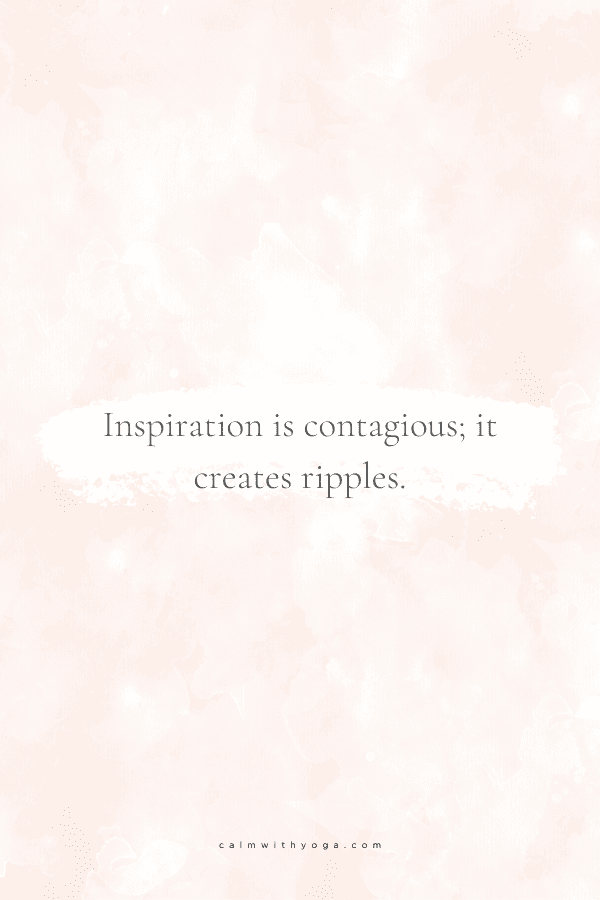

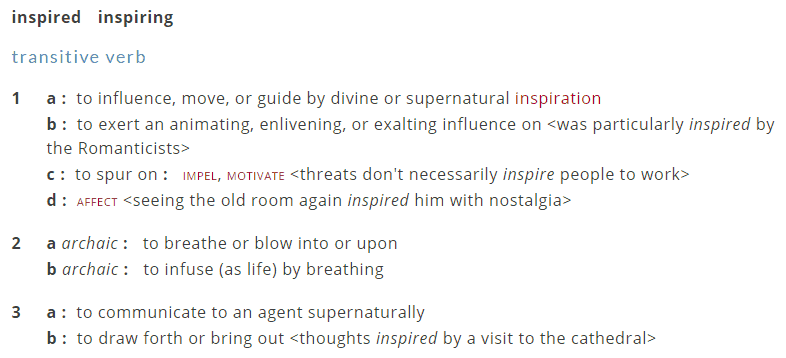
There is a candle in your heart, ready to be kindled.
There is a void in your soul, ready to be filled.
You feel it, don’t you?
– Rumi
The archaic meaning of inspiration is to breathe life into.
It comes from the Latin word ‘inspirare’.
Inspiration is generated from within; it begins inside us.
When we’re inspired, we come from the place of ‘loving to’ and ‘choosing to’ do something.
No external motivation or incentive is required because the desire comes from within and the natural progression is to take action upon inner guidance.
I’ve found that learning to cultivate inspiration is much more powerful than running on motivation alone.
Motivation is tied to our willpower and force, and it eventually runs out. It can feel heavy and contracted.
Inspiration feels light, it feels expansive. It’s heart-opening.
When you’re inspired you’re tapped into the natural flow of your highest vision and values.
When you’re inspired you’re unstoppable because at that moment you’re aligned with that vision to the point where other forces are no longer a factor.
When we’re inspired we transcend that “avoid pain, seek pleasure” animalistic mechanism and understand that both pain and pleasure will be present in our quest and we embrace both as part of the process.
This allows us to be able to sustain true inspiration for longer periods as we anchor into the present moment instead of being confined to the past or future.

Another hallmark of inspiration is insight.
This insight generates an authentic enthusiasm from within you.
Think of a time you were so inspired by someone or something you were moved to tears.
These tears of inspiration are the feedback of your timeless self calling you forth, pulling you.
Other feedback might include:
- goosebumps
- shivers up and down your spine
- your heart feeling expanded and opened
- a definite feeling or sense of knowing.
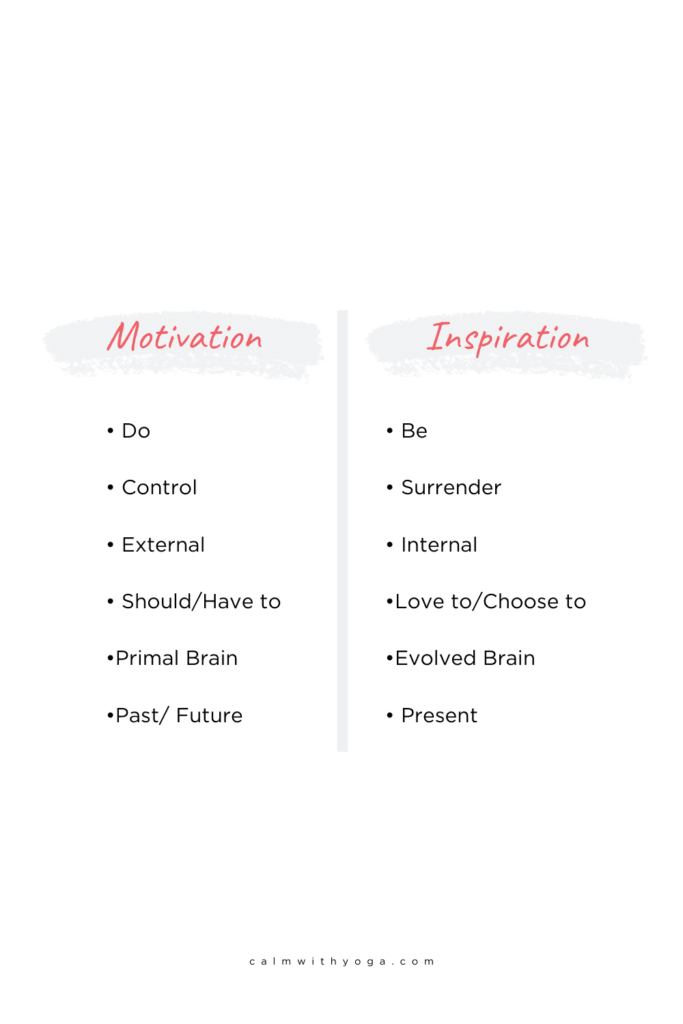
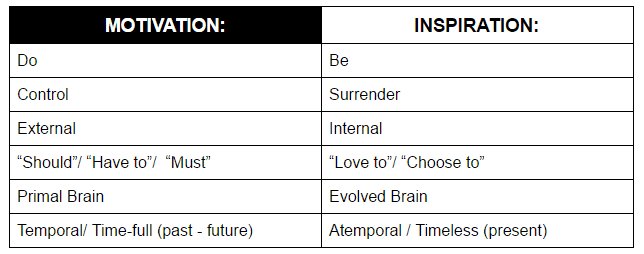
Hacking Motivation:
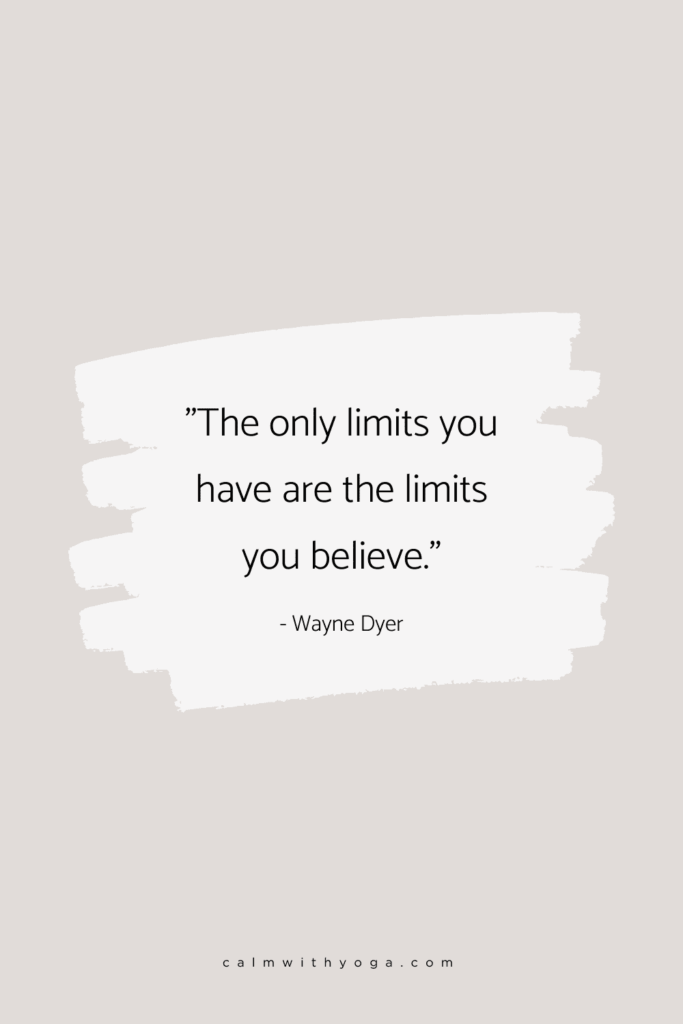
As with everything in life, motivation has both its upsides and downsides.
The upside:
By its very nature, motivation gives us the impetus we need to get sh*t done. It puts the proverbial fire under our derriere!
The downside:
If we’re running solely on motivation we may miss the subtle promptings of our higher mind because we’re so fixated on reaching a specific goal or arriving at a certain finish line that we can’t hear, see, or intuit anything else.
Hence, we might:
- spin our wheels unnecessarily
- unwisely utilize our strengths and resources
- chase the wrong dangling carrot
- climb up the wrong mountain
How do we make motivation work for us, not against us?
1. By stopping, stepping back, and reassessing our to-do list AND the Big Picture.
Mind is a flexible mirror, adjust it, to see a better world.
– Amit Ray author of ‘Mindfulness Living in the Moment – Living in the Breath’
It’s really important to take the time to step back far enough to see the ‘Big Picture’ of why we’re doing what we’re doing.
The more we can ensure that the ‘Big Picture’ is as inspiring to us as possible, the more we’ll work with our motivation centers to get the job done.
Are you inspired by what you’re doing?
If not, how can you reframe what’s on your plate to link it to your inspiration?
2. By taking advantage of the brain’s motivation and reward networks.
“Researchers have found that the neurotransmitter dopamine is central to the human brain network governing motivation and a sense of reward and pleasure.” [2]
Each time we feel rewarded or reward ourselves our brain releases dopamine, the ‘feel good pleasure chemical.’
Each item we complete and check off from our to-do lists gives us a little dopamine fix.
This then creates a ripple effect that builds momentum and motivation to ‘do more’ and ‘keep going.’
Set yourself up to win by chunking down tasks so each little win is attainable and doable.
By understanding that motivation has a ‘short attention span,’ we can ride its waves to heightened productivity, feelings of accomplishment, and self-fulfillment.

Cultivating Inspiration:
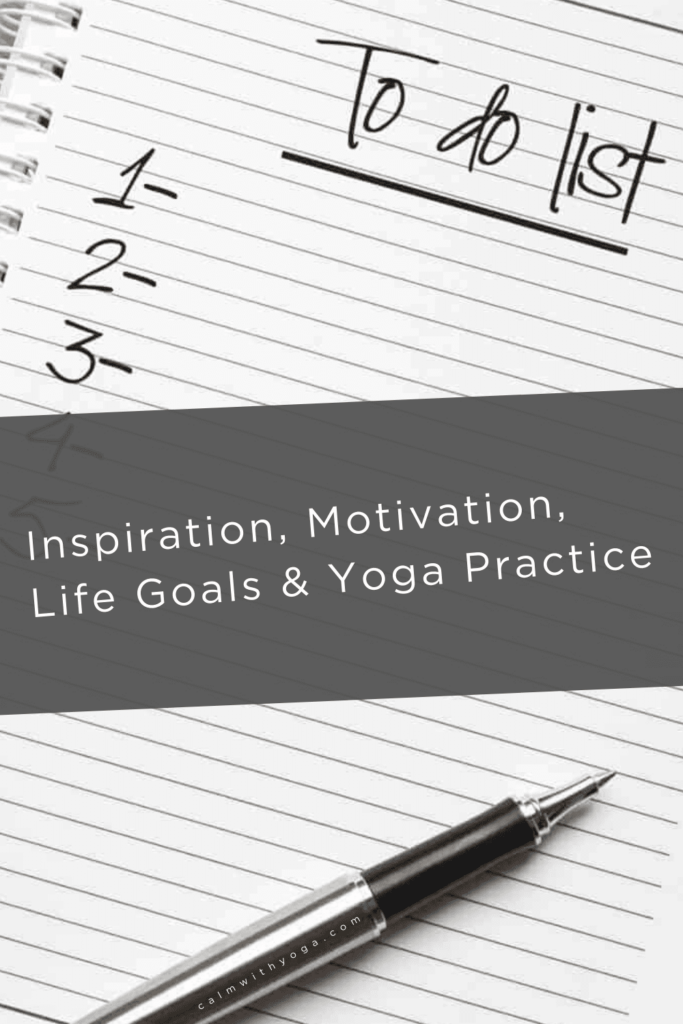
Yoga does not just change the way we see things, it transforms the person who sees.
– B.K.S. Iyengar, author of ‘Light on Yoga’
The upside:
Instead of allowing your quest for motivation to blind you, why not allow inspiration to guide you?
Inspiration can lead you on the path of your most authentic purpose and values.
Revisit the glaringly apparent moments of inspiration in your life.
Where were you?
What were you doing?
What were you witnessing?
Do more of it.
Pay attention to your own body’s feedback; listen to it when it speaks to you.
Be mindful of the sensory input you feed your mind and awareness.
What you read, watch, and how you spend your time matters.
Cultivate your inspiration by inputting inspiration.
Who are you inspired by?
Study them – their life, their work.
What books inspire you? Read them.
What music makes you feel expanded? Listen to it.
The downside:
Inspiration comes at a cost – sometimes you’re led to unexpected places you hadn’t planned to end up in.
Cultivating inspiration means that sometimes you won’t be choosing the easiest path of instant gratification and immediate pleasure.
Fulfilling on the ‘Big Picture’ oftentimes implies you’ll be called to endure things that your lower minded self will resist.
(This is when I like to remind myself that the long term rewards far outweigh the momentary perceived discomfort.)
Create the right inner and outer environment for inspiration to flourish.
Rest your body and mind when you need to.
Feed and nourish your body with energy-giving clean foods instead of energy-zapping foods.
What we ingest and what we eat has a big impact on how we feel and think and perceive the world.
Going back to the dopamine hack for motivation – it also works for inspiration as well:
“Dopamine may also play a role in creative discovery through its effect on novelty-seeking… People vary in terms of their level of creative drive according to the activity of the dopamine pathways…” [3]
The most strategic thing we can do is learn how to dance between both motivation and inspiration as both are essentially two sides of the same creative coin.
There are times to push and drive forward.
There are also times when it’s best to cease pushing and flow in a state of openness and receptivity.
The way we accomplish our goals and build our lives requires both and requires us to be smart about it.
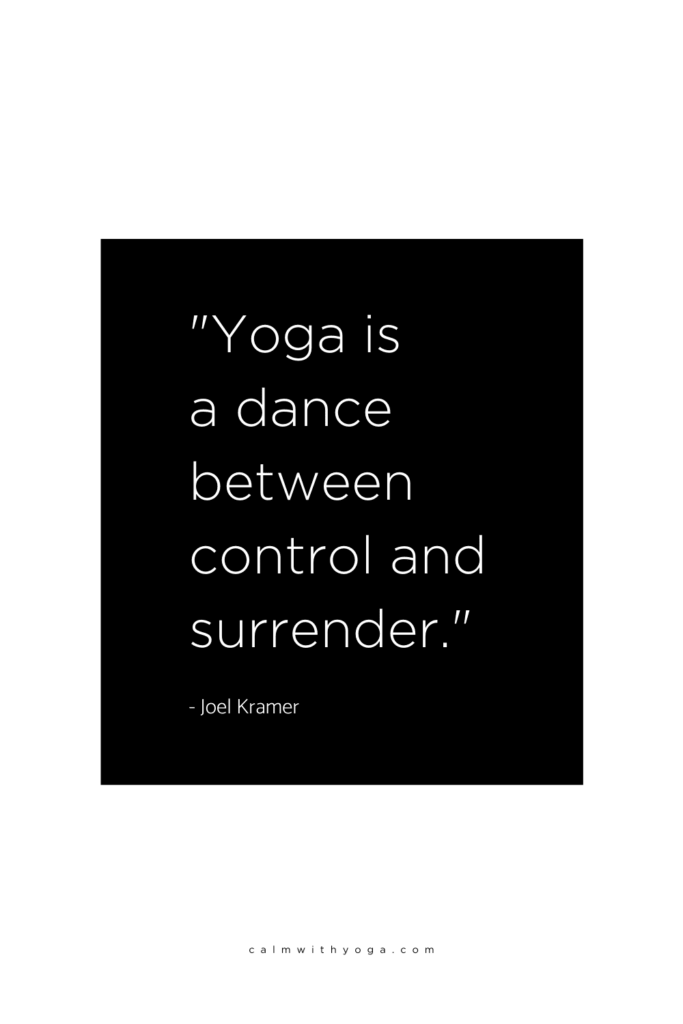
From a yogic philosophy stance, what we’re left with is learning to dance the yoga of motivation and inspiration for maximum creative growth:
Yoga is a dance between control and surrender – between pushing and letting go – and when to push and when to let go becomes part of the creative process, part of the open ended exploration of your being.
Joel Kramer, Author of ‘Yoga As Self Transformation.
REFERENCES
:
[1] http://www.scholarpedia.org/article/Amygdala
[2] http://www.scientificamerican.com/article/dopamines-central-role-brains-motivation-reward/
[3] http://www.ncbi.nlm.nih.gov/pmc/articles/PMC2571074/





